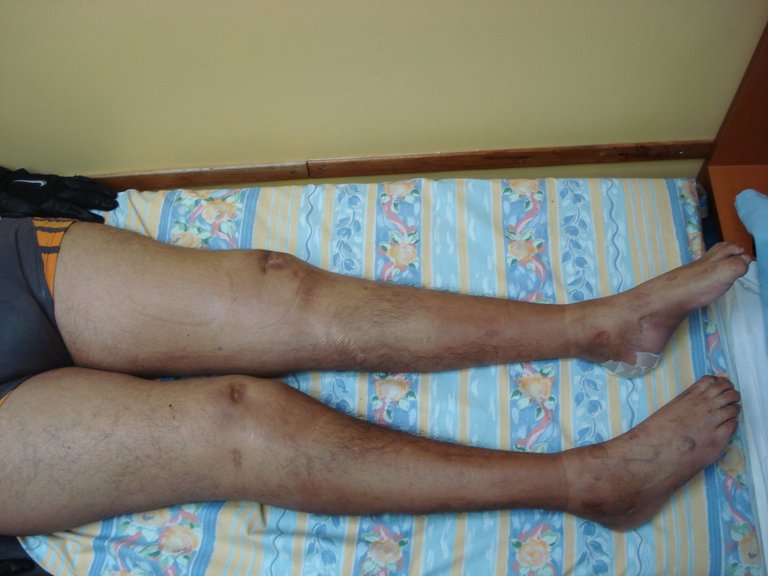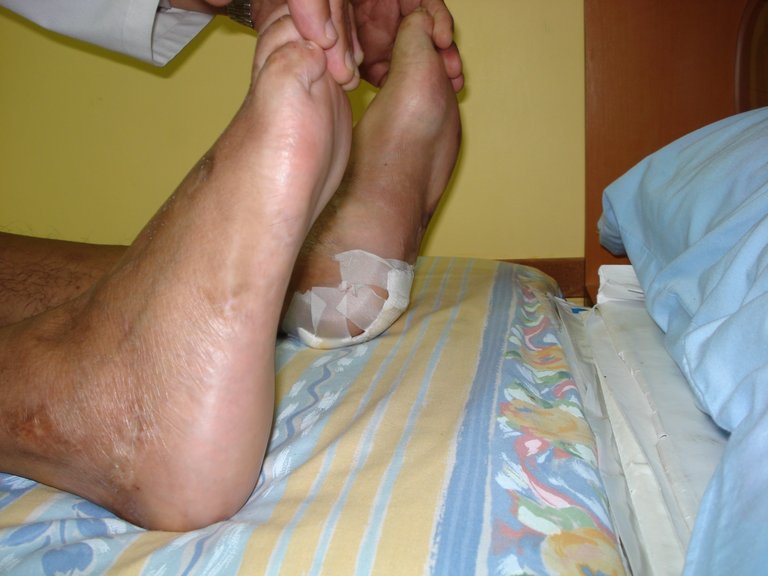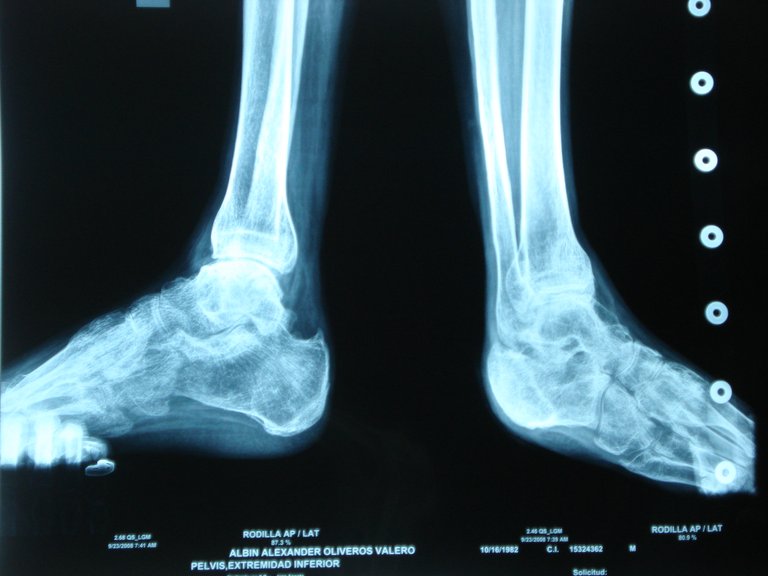
diabetic foot?
Diabetes is a chronic disease that affects 4% of the spanish population. It causes a significant increase in glucose (sugar) levels in the blood. This occurs when there is a shortage or absence of insulin secretion. Insulin is a hormone secreted by the pancreas that helps glucose from food enter the cells to give them energy. If there is not enough insulin, glucose stays in the blood, causing serious health problems over time.
A diabetic foot is a clinical disorder of neuropathic origin (involvement in the nerves) and induced by hyperglycemia (high sugar), in which with or without coexistence of ischemia (lack of blood supply), and previous traumatic trigger, produces injury and / or ulceration of the foot.


Foot is Susceptible to Infection!
The foot of the diabetic should be considered a risk foot, since it is more susceptible to suffer certain types of injuries whether intrinsic or extrinsic. In a significant number of chronic diabetics appear on their feet lesions characterized by trophic disorders of the skin and osteoarticular architecture of the foot It is estimated that half of the amputations of lower limbs in the world occurs in diabetics, diabetes being the The first cause of non-traumatic amputations in developed countries. 15% of patients with diabetes will develop an ulcer throughout their lives.
The diabetic patient is more susceptible to infection, since most long-standing diabetics are immunologically depressed. The infection is not responsible for the appearance of the lesions, but it intervenes in the evolution of the lesions once they appear. The greater sensitivity of diabetic patients to infection is due to different causes:
- Absence of pain, which favors the development of extensive cellulitis or an abscess.
- Hyperglycemia, which decreases the body's defenses.
- Vasculopathy, which compromises irrigation and oxygen supply.



Prevention
Proper diabetes control alone is capable of preventing, delaying, and diminishing the onset of these serious injuries.
If you have diabetes, you should:
- Control your blood sugar level.
- If you are a smoker, stop smoking, as tobacco decreases blood flow to the feet.
- Check and take care of your feet every day, especially if you already know you have a nervous disorder or lack of blood supply.
Along with the rules of hygiene, good habits of selection and use of footwear should be maintained:
- Footwear should always be worn with socks made of natural fabrics, wool or cotton that facilitate perspiration.
- Do not use sandals, flip-flops or shoes that leave your feet exposed.
- The use of shoes with heels and that end in a toe should be avoided.
- Footwear should be comfortable, not fit or cause chafing or injury to the feet.
- Shoes should be made of leather, with no internal seams, flexible, lightweight, breathable and with a non-slip floor.
- It is advisable to buy footwear at the end of the day, when the feet are more swollen, so the shoe that at that time is comfortable, is guaranteed to be so throughout the day.
- New shoes should be worn for short periods during the first few days, inspecting the feet to see if they cause chafing or injury to the feet.
Dr. Leopoldo Maizo - Orthopedic Surgeon


Firma diseñada por @themonkeyzuelans, contáctalos vía Discord "themonkeyzuelans#9087"
Great projects from the Steemit community:
- My Fundition campaign: https://fundition.io/#!/@drmaizo/6f88ggj8h



.png)